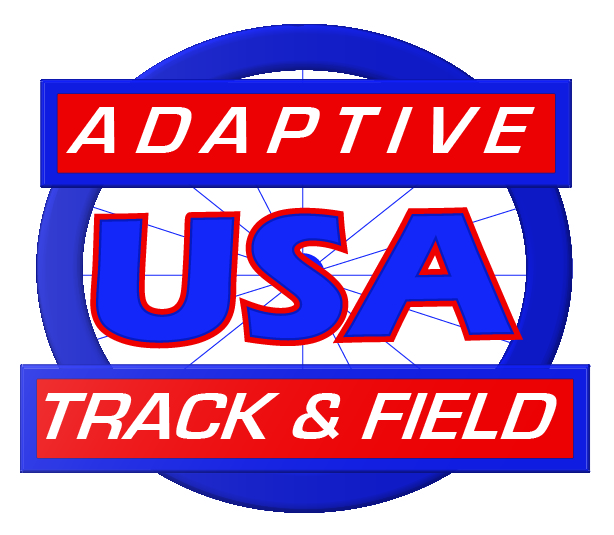|
Para
Athletics Overview
Athletics, known more commonly
as track and field in the USA, is one of the most
popular Paralympic sports.
Para Athletics was included in the
competition program of the first Paralympic Games in 1960 in
Rome. It involves the largest
number of male and female athletes
and the largest number of
events on the Paralympic Games
program.
Participants in the Paralympic
Games are male and female athletes
with cerebral palsy, spinal
cord injuries, amputations,
short stature, visual
impairments, intellectual
impairments, or
other physical impairments.
Athletes may compete with a
guide, using a prosthetic or in
a wheelchair depending upon
impairment. The competition program
includes track,
throwing, and jumping events and
a marathon.
Classification:
Info on How to get Classified
Athletes are classified in
various classes based on their
impairment:
|

|
T/F 11-13: Athletes with
a visual
impairment.
|
|

|
T/F20:
Athletes with
intellectual
impairments.
|
|

|
T/F 31-38:
Athletes with
hypertonia, ataxia and
athetosis (cerebral
palsy). T/F 31 to 34
athletes compete seated
in throwing and in a
wheelchair in track.
T/F35-38 athletes
compete standing.
|
|

|
T/F 40-41: Athletes with
short stature.
|
|


|
T/F 42-47: Athletes with
limb deficiency
that
compete standing. (no
Prosthesis) (42-44 Lower
limb / 45-47 Upper Limb)
T/F 61-64: Athletes with
leg limb deficiency
(Amputee) that compete
standing with a
prosthesis.
|
|

|
T/F 51-57:
Athletes with impaired
muscle power or range of
motion or limb
deficiency that compete
seated.
Track classification -
T51-54.
Field
classification - F51-57.
|
|


